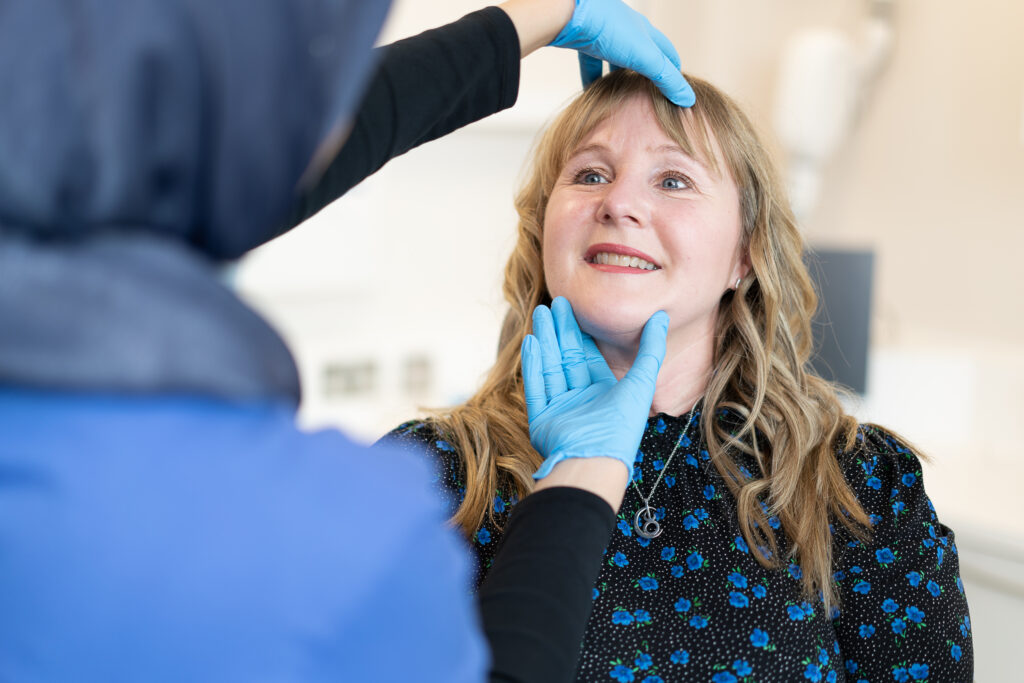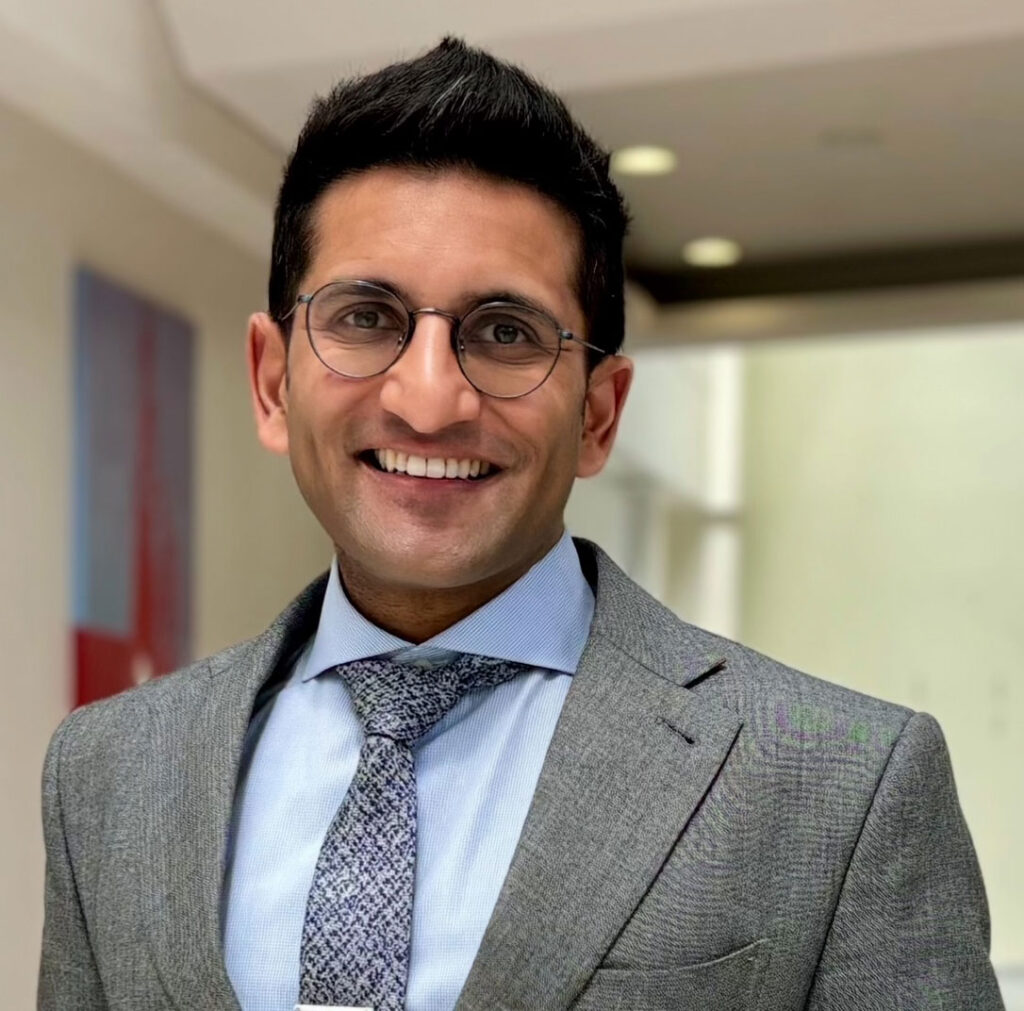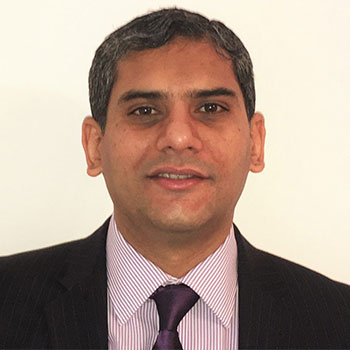Understanding nasal fractures
A nasal fracture, also known as a broken nose, is a common injury that occurs when the nasal bone or cartilage is fractured or displaced. These fractures can result from various incidents, including contact sports, falls, and other facial injuries. Common symptoms of a broken nose include pain, swelling, and difficulty breathing. If left untreated, a nasal fracture can lead to complications, including chronic sinusitis, infection, and nasal obstruction.
When to consider broken nose surgery
Broken nose surgery, or rhinoplasty, may be required if the nasal bones are significantly displaced or if there is substantial damage to the cartilage. This surgical intervention aims to realign the bones and, if needed, reshape the nose. In cases where the nasal septum is damaged, reconstructive surgery might be necessary to repair it. The nasal septum is the structure that divides the nostrils, and its damage can lead to breathing difficulties and a feeling of nasal blockage. Consulting with a qualified healthcare provider is essential to determine the need for surgery and to discuss the available treatment options.
Please call to enquire about the price
Ways to payBefore surgery
Initial consultation
The initial consultation is a crucial step in the process of repairing a fractured nose. During this appointment, the consultant will review your medical history and discuss the details of your injury, including how and when the fracture occurred. The consultant will then perform a thorough physical exam to assess the extent of the nasal fracture, looking for signs such as swelling, bruising, deformity, and nasal obstruction. The doctor may also check for other injuries to the face or head, as nasal fractures often occur alongside other facial trauma. Imaging studies, such as X-rays or CT scans, might be ordered to get a clearer view of the bone and cartilage damage. This information helps your consultant determine the severity of the fracture and decide on the most appropriate treatment plan.
Preparing for surgery
You will receive instructions on how to prepare for the procedure, which may include fasting for a specific period before surgery if general anaesthesia is planned. Please inform your consultant about any medications, supplements, or underlying health conditions that may affect the surgery or recovery. You may be advised to avoid blood-thinning medications or supplements that can increase the risk of bleeding. Additionally, you should arrange for transportation and assistance with post-operative care, as you will not be able to drive immediately after surgery. Your consultant may also discuss pain management options and the use of numbing with you. Following these guidelines helps minimise complications and supports a smooth surgical experience.
During surgery
During nasal fracture surgery, the consultant will work to realign the broken bones and repair any damaged cartilage. This procedure is often performed under general anaesthesia, ensuring you are comfortable and pain-free throughout the surgery. The surgeon may make incisions inside the nostrils or, in some cases, on the outside of the nose to access the fractured areas. The duration of the surgery can vary depending on the complexity of the fracture and the specific techniques used.
In cases of a severely broken nose, where multiple fractures or significant displacement of the nasal bones and septum are present, the surgical procedure may be more extensive. The surgeon carefully reshapes the nasal structure to restore both function and appearance, a process often referred to as rhinoplasty. This procedure not only realigns the bones but also addresses any deformities caused by the injury.
To prevent complications such as septal hematoma, an accumulation of blood between the nasal septum and its lining, the surgeon may place drains or use nasal packing. This helps prevent infection and further swelling. Throughout the surgery, care is taken to avoid any nerve damage.
After the bones and cartilage are correctly aligned, the surgeon may apply external splints or internal supports to maintain the position during the healing phase. These supports typically remain in place for six to eight weeks, allowing the bone and cartilage to heal securely.
The surgical approach and techniques used depend on the individual case and the surgeon’s assessment during the initial consultation and physical exam. Imaging studies, such as CT scans, may assist the surgeon in planning the procedure, mainly when the fracture occurred alongside other facial injuries or when manual realignment is impossible due to the severity of the damage.
After surgery
Immediate post-surgery care
In the immediate post-surgery period, you should focus on rest and recovery. It is essential to avoid blowing the nose, as this can disrupt the healing process and potentially cause bleeding. You should also refrain from engaging in contact sports or any activities that could result in facial trauma. Follow the surgeon’s recommendations regarding wound care to ensure proper healing.
Long-term recovery
Long-term recovery from nasal fracture surgery involves ongoing care and monitoring. The initial swelling and bruising will gradually subside over several weeks, revealing the results of the surgery. You should attend all scheduled follow-up appointments to assess healing progress and address any concerns. In some cases, additional treatments or adjustments may be needed to achieve the desired outcome. It is essential to be patient during the recovery process, as complete healing can take several months. By adhering to post-operative instructions and maintaining open communication with your consultant, you can achieve optimal results and restore normal nasal function.
Appointment and Treatment Plan
Initial Consultation
Your consultant reviews your injury, examines your nose, and may order scans (X-ray/CT) to assess the fracture. Treatment plan is discussed.
Pre-operative Preparation
Follow fasting instructions if under general anaesthesia. Stop blood-thinners if advised, and arrange a ride home. Let your consultant know about any medications or health issues.
Surgery
Performed under general anaesthesia. The surgeon realigns bones and cartilage through internal (or occasional external) incisions. Splints or packing may be used to support healing.
Immediate Post-surgery Care
Rest and avoid blowing your nose or any facial trauma. Follow wound care instructions and avoid contact sports during early healing.
Long-term Recovery
Bruising/swelling fades in a few weeks. Attend follow-ups to check progress. Full healing may take months. Additional treatments may be discussed if needed.
Experts
We are proud to provide patients with access to a wide range of clinicians, chosen specifically for their knowledge and reputation in their area of expertise. Our experts align with our values: putting you at the centre of your care and educating you on your options at each step of the journey. We encourage you to learn more about our clinicians and how they can help you below. As always, please contact our patient services team if you require any additional information.
We offer 3 ways to pay for your treatment
We exist to take the stress out of private healthcare.
Our payment options are designed to offer you easy access to our treatments and services. You can choose to pay on the day, spread the cost, or use your private medical insurance.
Our patient services team will guide you through the process, providing clear costs and support throughout your course of treatment so you can focus on the thing that matters most – your health.
Whether you pay in advance, spread the cost, or use your private medical insurance, rest assured you will be receiving exceptional care 365 days a year.
Pay in Advance
Even if you do not have medical insurance, you can still get quick and comprehensive access to private medical care.
We provide transparent pricing from your initial consultation to the completion of your treatment so you know where your stand, every step of the way.
We accept all major debit and credit cards, as well as Apple Pay for UK residents. Please note that we do not accept cash or cheques.
Spread the cost monthly
Paying for your treatment at OSD Healthcare can be spread monthly from 12 to 60 months, rather than paying in one go.
With an upfront 10% deposit paid, via our Financial partner Chrysalis Finance, we offer various flexible terms to enable you to spread the cost, including 12-months at 0% APR. Click here to find out more.
Monthly payments need to be linked to an OSD treatment over £385 and is subject to a 14-day ‘cooling-off’ period before any treatment can start.
Your on-going payments will be made directly between Chrysalis and yourself. It’s that simple.
Pay using PMI
We are recognised by all major health insurance companies and with our extensive range of services, there are lots of benefits to using your insurance with us. Our patient services team is here to answer any questions you may have about using your private health insurance with us.
Please bring along your policy details including your scheme details, membership or policy number, expiry date and confirmation of eligibility to claim (i.e. your authorisation number). If you do not have these details with you, we will require payment from you on the day. Patients are liable for any amounts not settled by their insurer.
FAQs
A fractured nose can sometimes heal on its own, especially if the fracture is minor and the nasal bones remain in their normal position. In such cases, the body naturally repairs the broken bones over time. However, even minor fractures should be evaluated by a doctor to ensure there is no nasal obstruction or other complications. During the healing process, it is important to avoid activities that could cause further nasal trauma. Using cold compresses and over-the-counter pain medication can help reduce swelling and relieve pain. If symptoms persist or worsen, immediate medical attention may be necessary to prevent long-term issues.
Fixing a fractured nose depends on the severity of the injury. For mild fractures, treatment typically involves pain management, the use of cold compresses, and regular monitoring to ensure optimal healing. More severe nasal fractures, where the bones are displaced, may require a procedure called closed reduction. This involves manually realigning the nasal bones, often under local or general anaesthesia. In some cases, surgical intervention, such as rhinoplasty, is necessary to repair and reshape the nasal structure. This is especially true if there is damage to the nasal septum or multiple fractures. Consulting with a surgeon will ensure the appropriate treatment plan is followed.
An ENT surgeon, also known as an otolaryngologist, specialises in diagnosing and treating conditions related to the ears, nose, and throat. For a fractured nose, the surgeon will perform a thorough physical examination and may use imaging studies, such as X-rays or CT scans, to assess the extent of the injury. Depending on the severity and timing of the fracture, the ENT specialist may carry out a closed reduction to realign the nasal bones or recommend surgical repair in more complex cases. ENT surgeons are also trained to manage complications like nasal obstruction, septal hematoma, and cosmetic deformities, helping to restore both function and appearance of the nose. Their expertise is crucial in ensuring proper healing and long-term outcomes following nasal trauma.
Medically reviewed by Mr Pranay Singh - Consultant Otolaryngologist on 29/07/2025



